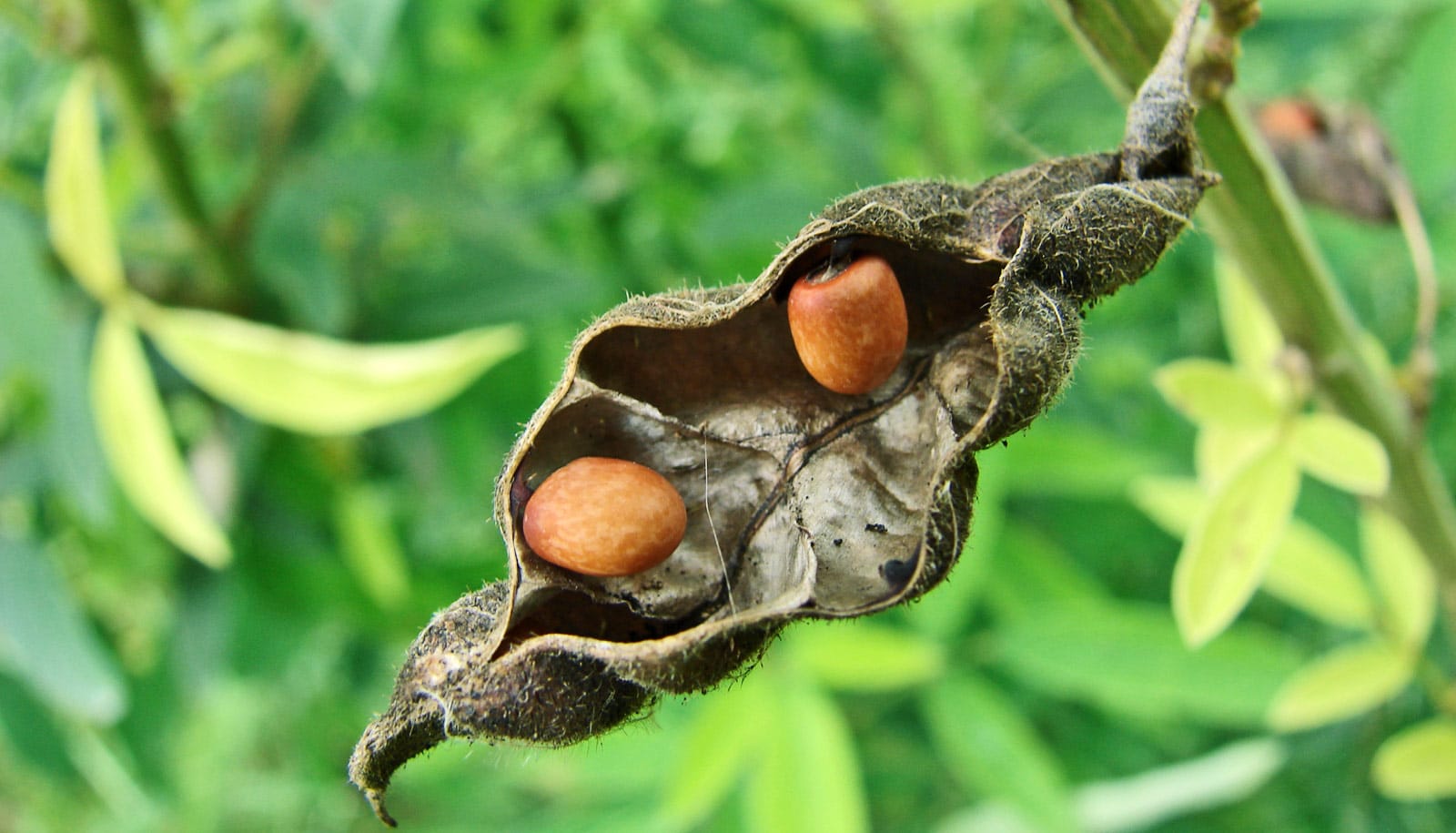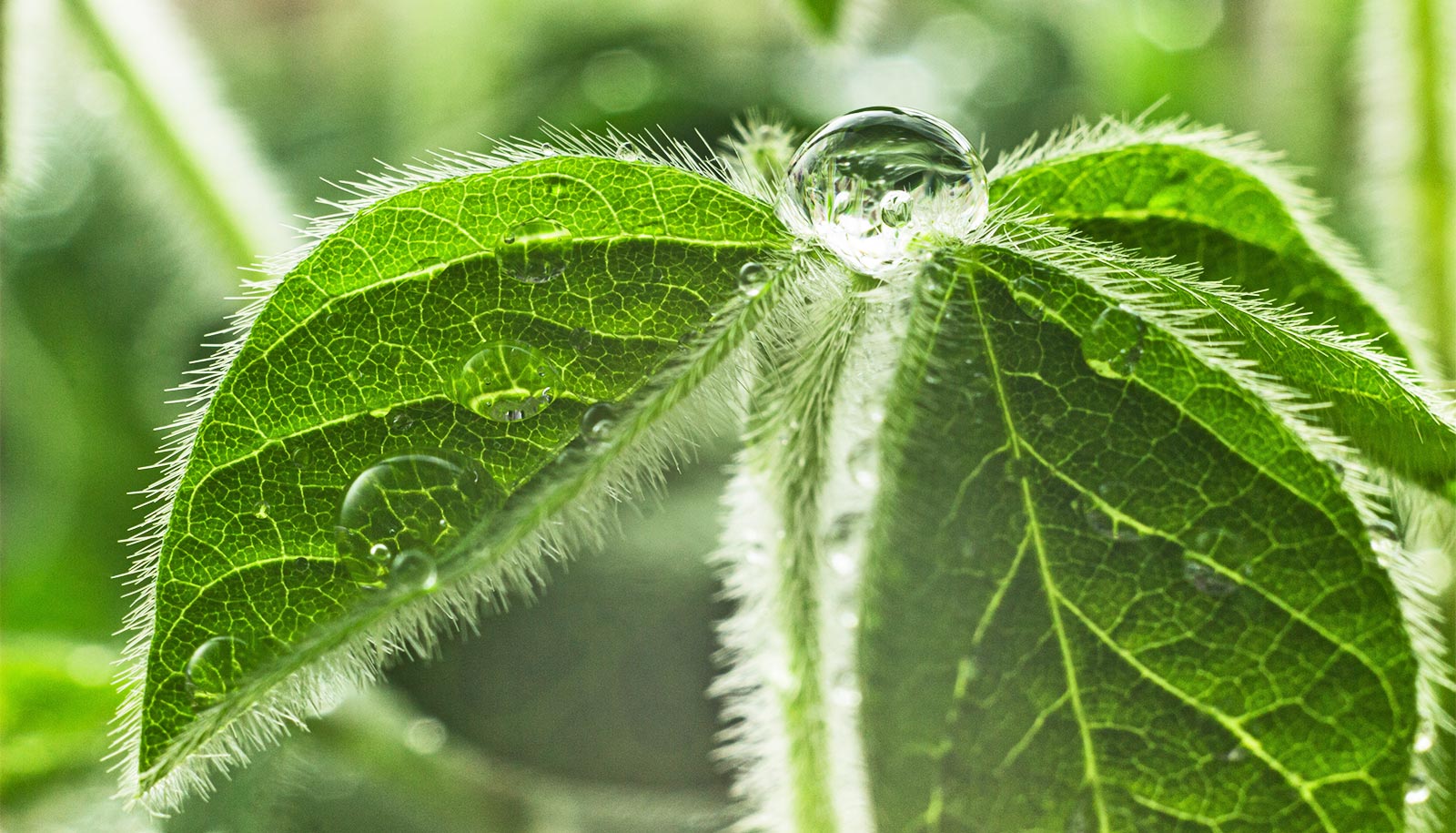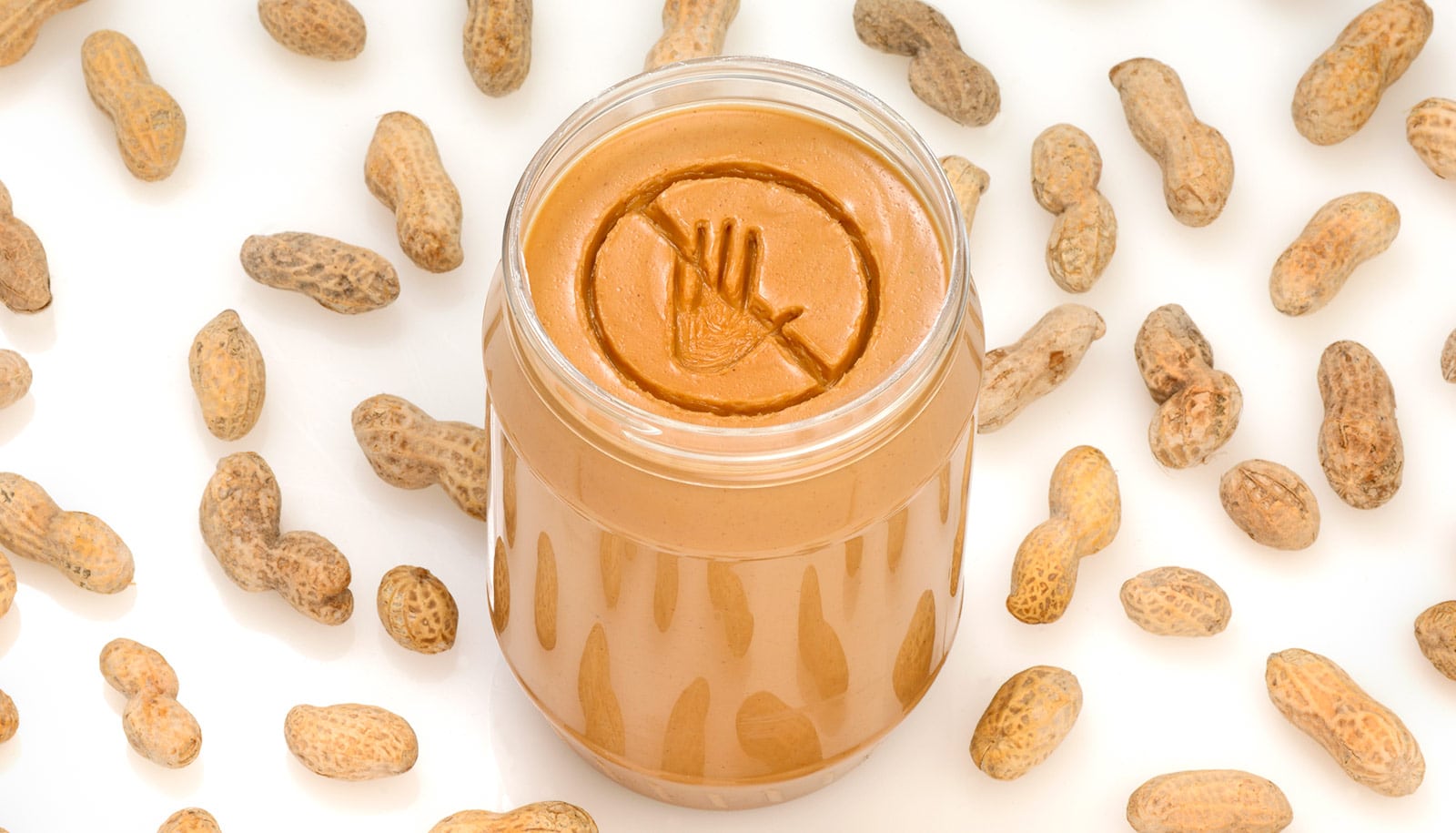Planting pigeon peas alongside maize in Malawi could improve crop yields and address gaps in both local nutrition and food supply, new research suggests.
Maize is Malawi’s most important food crop. But subsistence farmers in many regions—often highly weathered and leached soils—tend to have mediocre crop yields. A lack of phosphorous and also nitrogen in the soil is a common problem.
After a devastating drought in 2005, Malawi’s government decided to fund a fertilizer program aimed at boosting maize yields nationwide. Crop yields rose dramatically initially, and five years later, the country even managed to export some of its surplus production. However, crop yields have stagnated since then and have even been in decline since 2014.
The use of artificial fertilizers is very inefficient because the phosphorous they supply quickly binds to metal ions such as iron and aluminum, so that the nutrient is no longer available to the plants.
Nanoparticles get more phosphorus from soil to plant
When preparing her dissertation, Gina Garland, a doctoral student and a member of ETH Zurich’s Sustainable Agroecosystems Group led by Professor Johan Six, therefore looked for an alternative long-term solution to solve the problem of the low phosphorous content in the soil. She came up with a relatively simple and low-cost approach: changing the method of cultivation.
Growing two or more types of basic food crop in close proximity—intercropping—improves the soil structure, which in turn has a beneficial effect on soil fertility.
For her field trial, Gina Garland opted for a mixed crop of maize and pigeon pea (Cajanus cajan). This legume grows in symbiosis with rhizobia, bacteria with the ability to fix atmospheric nitrogen. The nitrogen also benefits other plants growing nearby. Earlier studies have indicated that the pigeon pea can have a positive effect on the soil’s phosphorous content.
Fertilizer adds selenium to Malawi food crops
In field trials in Malawi and experiments conducted in the greenhouse at the Lindau-Eschikon Research Station in Switzerland, the researchers showed that the pigeon pea plant had a positive effect on the soil structure after just one growing season: the soil aggregate or “crumb” is definitely improved when maize is grown as an intercrop than a monoculture own.
These soil crumbs, especially those with a diameter of a few dozen micrometers, retain nutrients and prevent them from binding with metal ions. For the plants, this means that phosphorous in particular is more readily available for longer periods. The soil samples that Garland took from the polycultures showed much higher concentrations of phosphorus, and organic phosphorus in particular, than the maize monocultures.
However, maize biomass turned out to be no greater than when maize is grown on its own. “One season is likely not enough to produce a significant increase in yields,” says Garland.
But there is still potential for boosting crop yields in future, particularly as the maize plants grown as an intercrop exhibited a higher nitrogen uptake thanks to the pigeon pea and its nitrogen-fixing bacteria.
“This is a very promising outcome, as our trial shows that nitrogen enrichment occurs very soon after intercropping is introduced,” stresses Garland.
But the pigeon pea has an additional benefit: the peas are edible and enhance the diet of people in Malawi. Since its pea pods ripen between the two maize harvests, they also fill a gap in the food supply. Pigeon peas are also very hardy plants capable of withstanding drought.
Garland’s work garnered an award from the Swiss Forum for International Agriculture Research (SFIAR).
Source: ETH Zurich



